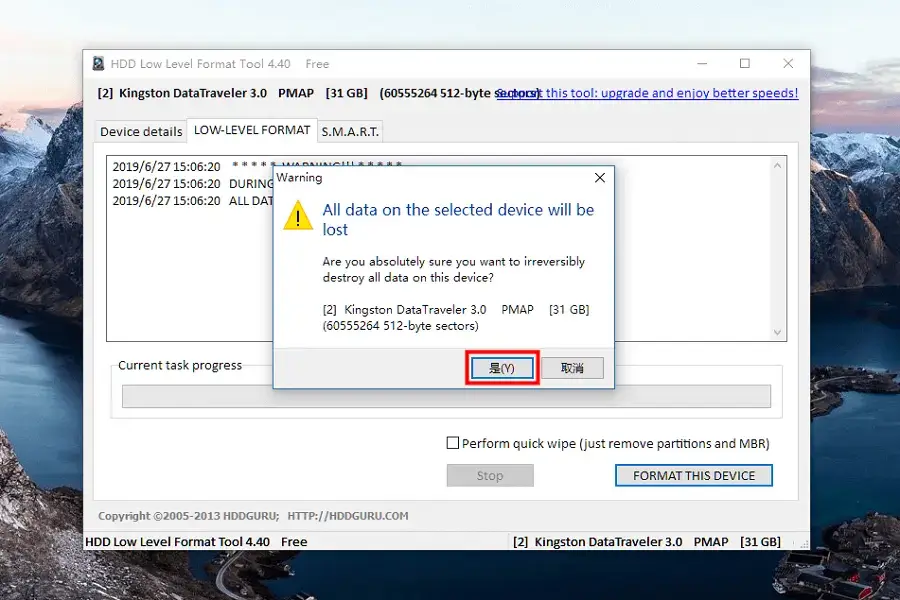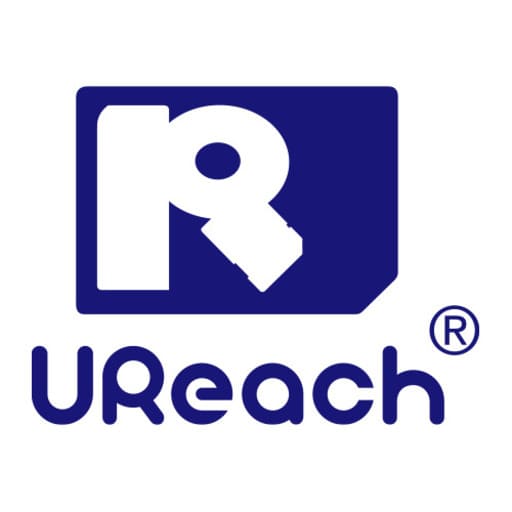
Table of Contents
- What is Low-Level Formatting?
- When to Use Low-Level Formatting
- Tools and Software for Low-Level Formatting
- Common Misconceptions About Low-Level Formatting
- Alternatives to Low-Level Formatting
- Comparison between low-level formatting and data eraser methods
- Low-Level Format User Experience
- Secure Methods of Data Erasure
- FAQs
What is Low-Level Formatting?
Low-level formatting is the process of preparing a hard drive by erasing all data and reconstructing its sectors and tracks. This operation ensures that the drive is clean and free from any residual data or defects.
Steps Involved in Low-Level Formatting
Low-level formatting involves the following key steps:
- Erasing existing data from the drive.
- Rebuilding the sector and track layout of the drive.
- Mapping out any defective sectors to improve performance.
Impact on Performance and Storage
This process helps in restoring the drive to its original state, potentially improving performance by removing corrupted or slow sectors.
When to Use Low-Level Formatting
Appropriate Situations for Low-Level Formatting
Low-level formatting is particularly useful in the following scenarios:
- When preparing a drive for sale or transfer.
- When sensitive data needs to be permanently erased.
- When resetting a drive to fix performance issues.
Risks Associated with Low-Level Formatting
While low-level formatting has its benefits, it also carries risks, including potential hardware damage and reduced drive lifespan. Therefore, it should be used only when necessary.

Tools and Software for Low-Level Formatting
Common Tools for Low-Level Formatting
Several tools are available for performing low-level formatting, including HDD Low Level Format Tool, SeaTools, and others. Choosing the right tool depends on your drive type and personal needs.
How to Choose the Right Tool
When selecting a tool, consider the following factors:
- Compatibility with your drive type.
- User interface and ease of use.
- Whether the tool offers defect management features.
Common Misconceptions About Low-Level Formatting
Myths and Facts
Many people mistakenly believe that low-level formatting can fix physically damaged drives. In reality, it can only map out bad sectors, not repair them.
Clarifying Common Confusions
Low-level formatting should not be used on SSDs as it may shorten their lifespan. SSDs should use tools specifically designed for them, such as secure erase.
Alternatives to Low-Level Formatting
Other Methods of Data Erasure
There are several other methods to safely erase data, such as:
- High-Level Formatting: Deletes file systems and directory structures.
- Data Wiping Software: Like CCleaner or Eraser, used for permanently deleting files.
- Factory Reset: Resets the drive to factory settings without restructuring sectors and tracks.
- Data eraser: Like U-Reach,Efficiently and securely erasing data in bulk
Comparing Effectiveness
While low-level formatting is thorough, other methods can be effective for less severe data erasure needs, offering a balance between security and drive longevity.
Comparison between low-level formatting and data eraser methods
| Feature | Low-Level Formatting | Data Eraser |
|---|---|---|
| Definition | A process that formats the storage device at a physical level, creating the structure for data storage by mapping out tracks and sectors. | A process that overwrites existing data to ensure that it cannot be recovered, using specific software or hardware tools. |
| Purpose | Prepares the disk for initial use and fixes certain physical issues. | Securely removes all data to prevent unauthorized recovery. |
| Data Recoverability | Data can often be recovered using specialized tools if only low-level formatting is performed. | Data is irrecoverable if a proper data erasure method is applied (e.g., DoD 5220.22-M, Secure Erase). |
| Speed | Generally slower due to detailed disk mapping. | Varies by method; typically faster than low-level formatting, especially with quick erase options. |
| Level of Security | Low to moderate; not intended for complete data sanitization. | High; certified methods ensure data is unrecoverable. |
| Typical Use Cases | Disk initialization, refreshing old drives. | Data disposal, compliance with security standards (e.g., ISO, NAID). |
| Compliance with Standards | Not compliant with data protection standards. | Can meet standards like ISO 27001, DoD, or NIST 800-88. |
| Complexity | May require specific hardware and can be more technical. | Can be user-friendly with appropriate erasure tools. |
- What is a Data Eraser? What can it do?
Secure Methods of Data Erasure
Alternatives to Low-Level Formatting
In situations where data security is critical, low-level formatting might not suffice. Instead, consider using secure data erasure methods designed to meet the highest standards of data destruction.
Using U-Reach Hard Drive Erasers
U-Reach hard drive erasers offer a comprehensive solution for secure data deletion. By employing advanced techniques to overwrite data, these devices provide an added layer of security by adhering to rigorous standards and guidelines for data destruction.
Advantages of Secure Data Erasure Over Low-Level Formatting
- Comprehensive Erasure: Secure methods ensure all data is irrecoverably erased, meeting or exceeding industry standards.
- Speed and Efficiency: Devices like U-Reach erasers can process multiple drives simultaneously, saving time and effort.
- Regulatory Compliance: Secure erasure methods are often required to comply with data protection regulations and legal standards, making them essential for businesses handling sensitive information.
- Internationally Certified & Approved : Certified NIST 800-88 Purge & Clear by Ontrack, DoD 5220.22-M by SGS and ISO27001. Guaranteed 100% Unrecoverable Data Erasure. Securely Wipe Data from Hard Drives & SSDs.
Recoverability of Low-Level Formatted Data
Low-level formatting is generally considered an effective way to permanently delete data because it rebuilds the sectors and tracks of a hard drive, overwriting all data. However, unlike high-level formatting, low-level formatting works on the physical layer of the hard drive, making data recovery extremely difficult.
Nonetheless, depending on specific circumstances and the technology used, certain advanced data recovery services might still manage to recover data that was low-level formatted. This usually depends on the following factors:
- Thoroughness of the Formatting: If the low-level formatting is not complete (i.e., not all sectors are overwritten), data remnants may exist.
- Number of Overwrites: Data overwritten once is relatively easier to recover than data overwritten multiple times, which significantly reduces the chances of recovery.
- Condition of the Hard Drive: In some cases, physical damage to the hard drive may make data recovery more challenging.
- Advancements in Recovery Technology: As technology evolves, data recovery techniques are continually improving, potentially enabling the retrieval of data previously thought unrecoverable.
Thus, while low-level formatting is seen as an effective data deletion method, using specialized data erasure tools or services (like the aforementioned U-Reach hard drive erasers) is recommended when you need to ensure data is completely unrecoverable. These tools often meet multiple security standards, providing further assurance of data irretrievability.
FAQs
- What is the main difference between low-level and high-level formatting? Low-level formatting involves reconstructing the drive’s physical structure, whereas high-level formatting involves creating a file system.
- Does low-level formatting reduce drive lifespan? Frequent use of low-level formatting can shorten a drive’s lifespan and should be used cautiously.
- Can I perform low-level formatting on an SSD? It is not recommended to use low-level formatting on SSDs, as it may damage the drive. Use tools specifically designed for SSDs instead.
- Can low-level formatting restore drive performance? Low-level formatting can reset the drive and address some performance issues, but it is not a cure-all solution.
- When should I consider using U-Reach hard drive erasers? U-Reach is ideal when the highest level of data security is needed, and compliance with legal regulations is required.
Check out our full series of Eraser: Eraser Full series
Check out our M.2 NVMe series of Eraser: M.2 NVMe series
UReach-Malaysia official website: https://ureach.com.my/
E-mail: info@ureach.com.my
Contact Information:
Phone: +60327103983
WhatsApp: +60182096638
Email: info@ureach.com.my
Website: UReach Malaysia
Best regards, U-Reach Malaysia Team



